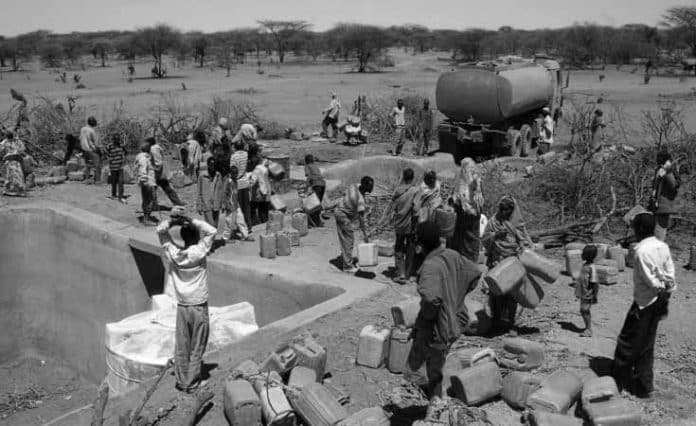Tanzania Climate Conditions Profile
Country’s Summary
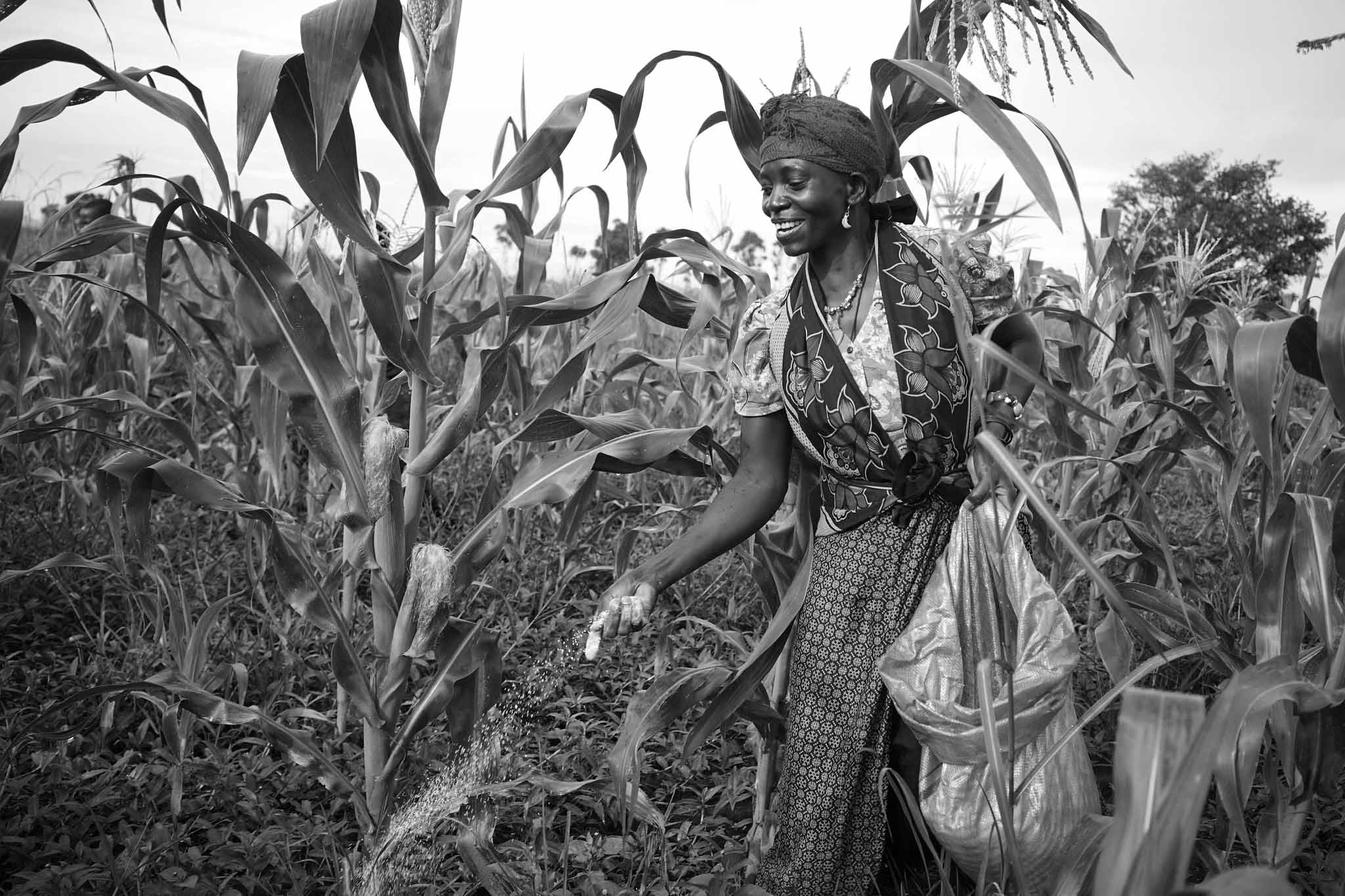
Tanzania is one of the largest countries in East Africa and has a rapidly growing population and economy. Economic growth has contributed significantly to the reduction of poverty in recent years; However, 28% of Tanzanians remain below the national poverty line. Rising temperatures, prolonged droughts, heavy rains and rising sea levels make Tanzania climate conditions profile Tanzania 26th in the list of countries worldwide. The current population of 56 million is expected to increase to 130 million by 2050. Thirty-two percent of these people live in urban areas, and 75 percent of these people live in informal settlements that are increasingly vulnerable to water scarcity, floods and extreme heat. In rural areas, there is a high level of dependence on subsistence farming and limited access to health care, education and electricity. Yields of key food crops, which include maize, beans, sorghum and rice, are projected to decline in the coming decades, a situation that will endanger life and food security. Livelihoods and food supply also depend on coastal fishing and other water supply structures (such as lakes and dams), which are increasingly threatened by ocean temperatures and fresh water temperatures, and sand logging after heavy rains. Tanzania climate conditions profile Tanzania which includes rising sea level puts coastal infrastructure, coastal populations (about 25 percent of the total population), and coastal environment generally at risk of flooding, salt increase in soil and more storms.
Climate Summary
The diversity of topography (land structure) of Tanzania divides the country into four different climatic zones: 1) warm and humid coastal zone (this includes the island of Zanzibar): that has a tropical climate, average 27-30 ° C, with 750-1,250 mm of rainfall per year, of which Zanzibar receives 1,400-2,000 mm; 2) Medium and dry temperature basin: this gets only 500 mm of rain; 3) the area with the longest frozen lakes in the north and west (home to the lakes and rift valleys of East Africa) receives 750-1,250 millimeters of rainfall annually; and 4) The north-eastern highlands (like Kilimanjaro) and southwest: are part of the cooler parts of the country with an average temperature of 20-25 C. The highlands southwestern side and the Lake Tanganyika Basin in the west receive more rainfall, more of 2000 mm annually. This is due to the presence of central tropical areas, which are seasonal. In the north and east there are two rainy seasons, the first season being March to May and the second season from October to December. The southern, western and central regions have only one rainy season from October to May (For detailed insights on seasons, explore the article “Climate Change: Summer & Rain Season in Tanzania“).
The History of Tanzania Climate and Weather Conditions
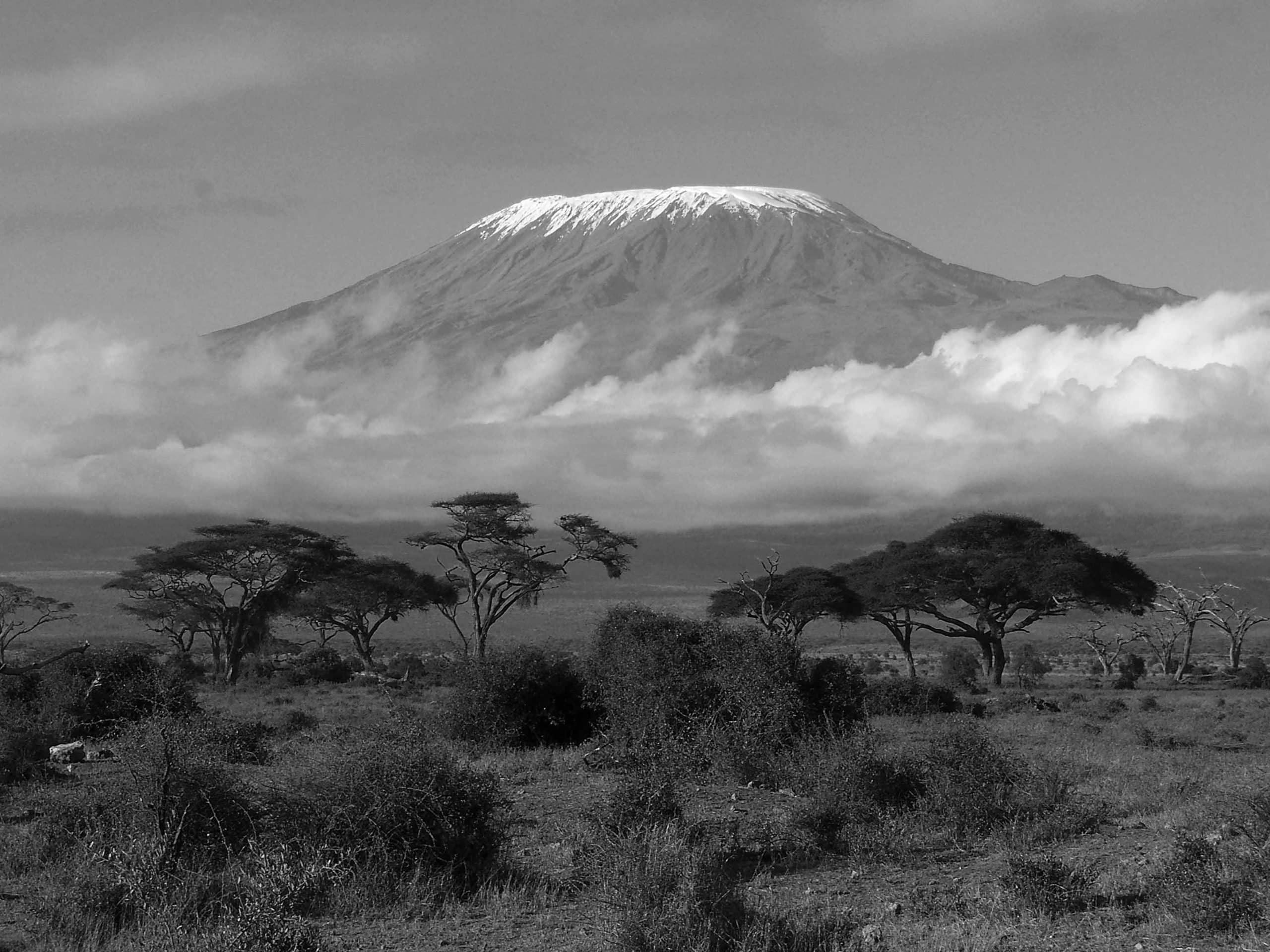
The climate history includes the following:
• Increased temperature of 1 ° C (between 1960-2006).
• Minor changes in rainfall structure (precipitation) as a whole; which has declined slightly from 1961 to 2013, especially from March to June (corresponding to the main rainy season).
• Accelerated snowfall on Mount Kilimanjaro; where 85 percent was reduced to the Kibo peak from 1912 to 2009.
• Rising sea level of 4-20 cm for a decade (1955-2003) everywhere except Zanzibar, whose record shows that its sea level decline was between 1984-2004.
Tanzania Climate Conditions that are Expected
Expected changes by 2050 include:
• An average annual increase of 1.4 to 2.3 ° C; significant warming in the west / southwest.
• Increased period of heat waves (722 days) and dryness (up to 7 days).
• Possibility of an increase in the average annual rainfall (between -3 percent to +9 percent), especially in the northeast; declining rainfall between July-September.
• Increased rainfall (7-40 percent) and rate (2-11 percent).
• Sea level rise by 16 cm to 42 cm.
• The disappearance of ice on Mount Kilimanjaro.
Impact on Sectors and Weaknesses
Agriculture Sector
Rising temperatures, prolonged droughts and frequent and severe rains put crop and livestock production in Tanzania at risk. The agricultural sector accounts for about 25 percent of GDP and employs 75-80 percent of Tanzanians. About 80 percent of agricultural production comes from rain-fed agriculture, and of small inputs that are vulnerable and vulnerable to the current Tanzania climate conditions. One-third of the crop land, 4 million hectares, is set aside for maize, which represents 40 percent of the country’s total calories. While global warming is benefiting from rain-fed maize cultivation in the highlands, national production is projected to decline by 8-13 by 2050 due to rising temperatures, droughts, erosion and flood damage. Estimates of yields of beans, sorghum and rice follow the same trend of maize, where they are expected to decrease by 5-9 percent by 2050. coffee from 225 kg / ha now to less than 100 kg / ha by 2060. Coastal, cassava and rice crops are affected by rising salinity, groundwater runoff (mud) and sea level rise. Livestock production, which is made up of 60 percent of rural households and also 25 percent of GDP, is at risk from global warming, floods, grazing lands and diseases, such as the East African Rift Valley Fever.
Water Resources
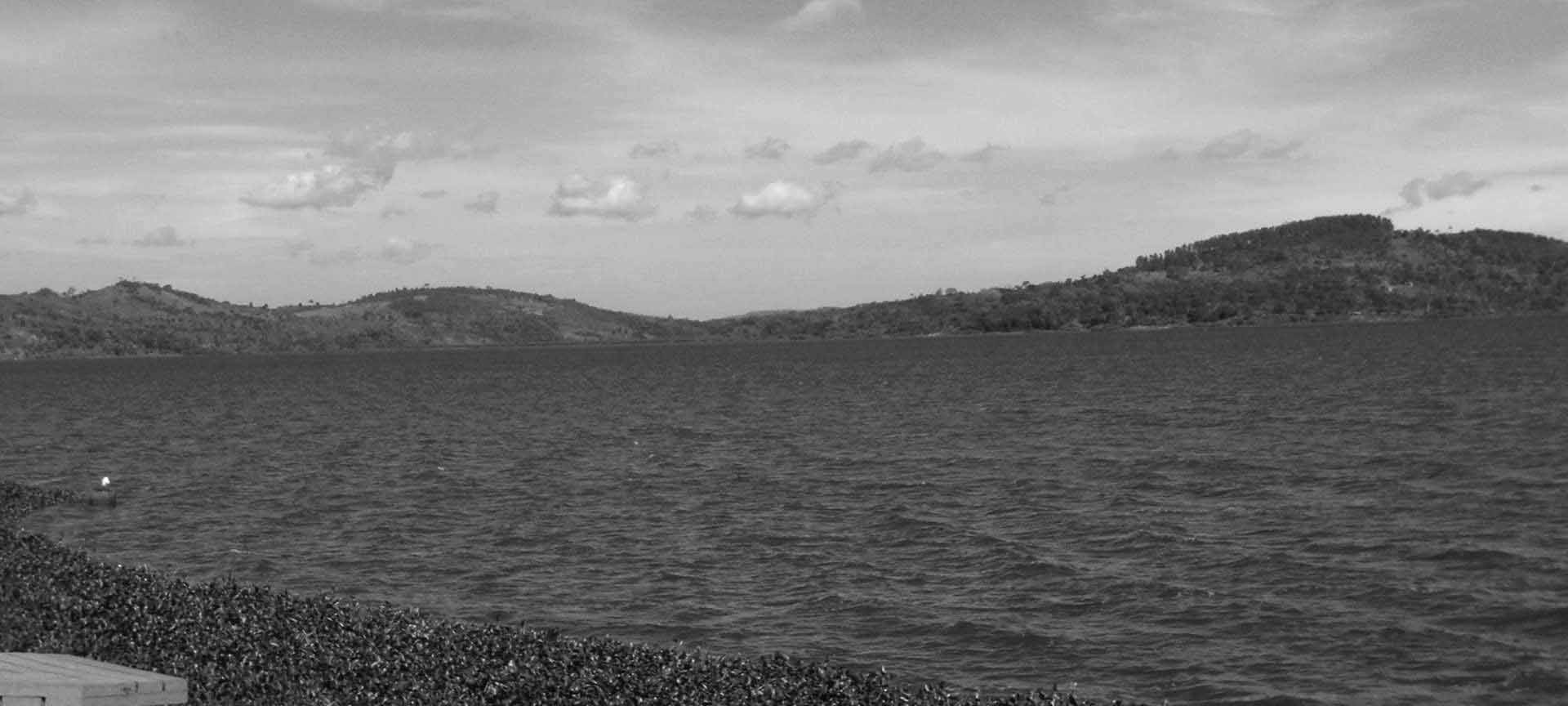
Tanzania has vast water resources (962 kilometers per year that can be rehabilitated); However, large sections of severe and moderate droughts (which are up to 50 percent of the country) and changing rainy seasons cause temporary water shortages. Rising temperatures, prolonged droughts and heavy rainfall events threaten nine major river basins and three major lakes in Africa (Victoria, Tanganyika and Nyasa which also known as Lake Malawi). While future river flows will be heavily influenced by unpredictable Tanzania climate and weather conditions such as changes in land use, climate projections indicate increased flow in Pangani river and Rufiji river, will increase the risk of flooding and sinking, and reduce the flow of Wami river / Ruvu river water supply, a situation that will increase water scarcity in the cities of Dar es Salaam, Morogoro, Kibaha and Dodoma (with a population of over 6 million). Access to water will also depend on the continuity of rivers that flow from neighboring countries, as 13% of Tanzania’s water resources cross national borders. The urban areas of the Mainland rely primarily on surface water sources that are increasingly polluted and further threatened by the occurrence of heavy rains that wash away minerals, commercial pollution and from homes to rivers, lakes and wetlands. Reduced water levels and quality, will cause coastal cities to become increasingly dependent on groundwater, which is already at risk of salt runoff.
Human Health
Diarrhea and malaria, the leading cause of death in Tanzania, can be exacerbated by rising temperatures and heavy rainfall. While health indicators have generally improved, Tanzania’s life expectancy is only 65 years. It is estimated that floods threaten further outbreaks of water-borne diseases such as cholera and typhoid, as only 61 percent of the population has access to safe drinking water and only 19 percent have improved housing and sanitation systems. Consistent health programs have reduced the incidence of malaria and deaths in recent years, but 93 percent of the population remains at risk of malaria, and new cases are emerging in historic malaria-free areas such as Tanga, Kilimanjaro region and the highlands of Arusha. Also, the rate of unplanned migration in cities is putting the population at risk of flooding after heavy rains. In Dar es Salaam, floods in December 2011 and January 2012 caused 40 deaths and displaced more than 10,000 people.
Energy
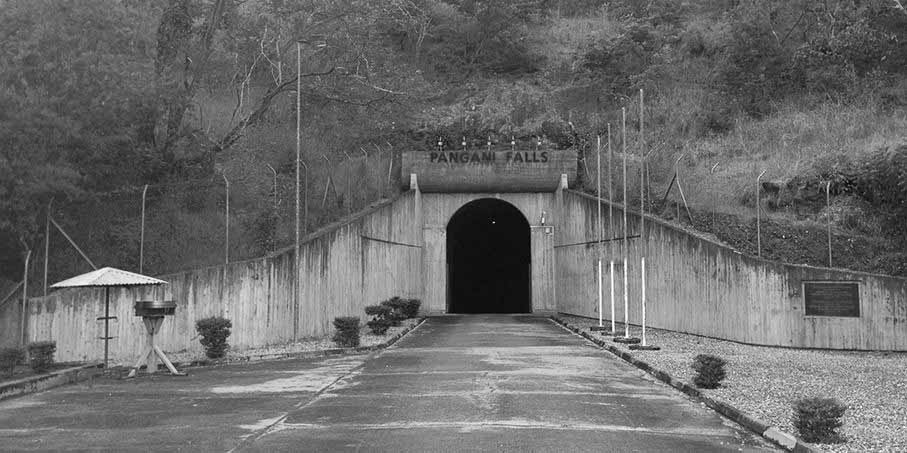
About 40% of Tanzania’s already insufficient energy production comes from hydro power dams that are already struggling due to increased evaporation, mudslides and prolonged droughts. The long-running drought in October 2015 almost caused a nationwide power outage. While the flow of rivers in the future could increase in the Pangani and Rufiji basins, which both are important for electricity generation, increased evaporation and muddy water will put Tanzania under greater pressure to generate electricity, which currently stands at only 16 to 18 percent of the population. These are just a few examples of Tanzania climate conditions profile shows in the energy sector.
Environmental Systems
From the coral reefs, to the Serengeti, to the highest peak in Africa on Mount Kilimanjaro, Tanzania is home to an amazing biodiversity. The country consists of four internationally recognized wetlands (Ramsar areas) and the southern part of East Africa’s coastal Forests which is major biodiversity. Tourism, which accounts for more than 20 percent of foreign exchange earnings, is based on the environment and biodiversity of Tanzania, which is now endangered by climate change and non-climatic change such as land reform for other uses, logging, and illegal and unsustainable fishing. Rising sea temperatures, rising sea levels and rising salts threaten mangrove forests and coral reefs, which are important for fishing, wildlife, and endangers the existing barrier against storms. The warming of Tanzania’s freshwater lakes has led to a decrease in nutrients around and reduced fish production. The increase in sand on the sea floor caused by heavy rains, also threatens fishing, which provides more than 4 million jobs and a significant source of protein in coastal and rural regions. Rising temperatures additionally increase the risk of wildfires, as well as key water sources, such as the slopes of Mount Kilimanjaro, where arson has caused water loss and reduced long-term water levels. Rising temperatures and heavy rainfall also alter the diversity of plant and wildlife species with the worst effects being the wildebeest migration, freshwater fish (Tip: explore an article “Synodontis Granulosus – Lake Tanganyika Fish” to learn about some of the freshwater fish found in Tanzania) and endangered African wolves.
Infrastructure
Tanzania is the worst flooded country in East Africa. Increased rainfall could increase the impact of floods on infrastructure and energy, water and transportation services. Every year from 2014 to 2017, floods affected vital infrastructure from the coast to higher ground, destroying roads, bridges. public and private buildings. Sea level growth is expected to cost around $ 200 million a year by 2050 due to land loss and flood damage. In Dar es Salaam, the value of infrastructure is estimated at $ 5.3 billion which is increasingly at risk of floods and rising sea levels.
Policy Context
Institutional System
The Office of the Vice President, Department of Environment, is the national base for climate change under the United Nations Framework Convention on Climate Change (UNFCCC), also the office oversees the National Climate Change Strategy (2012). The National Climate Change Steering Committee (NCCSC) and the National Climate Change Technical Committee (NCCTC) are government agencies responsible for climate change. The NCCSC is responsible for the analysis, policy guidance and coordination of climate change activities for all sectors, while the NCCTC provides technical advice on major national climate change measures.
For more information on climate change click here!

























